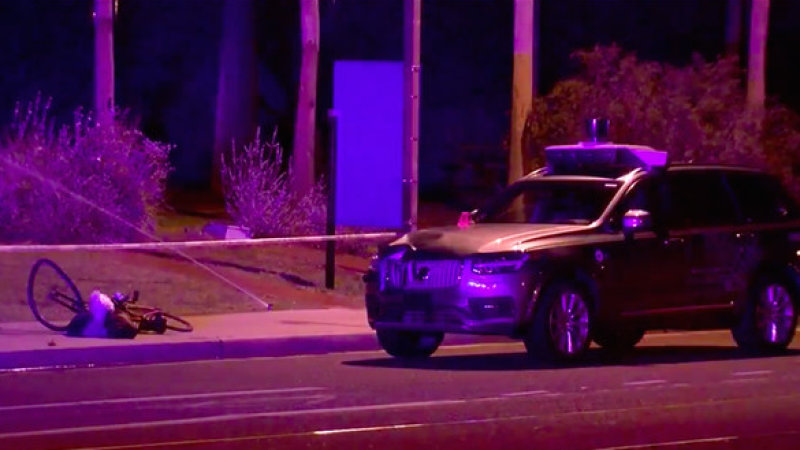The biggest change to transportation in the Bay Area in the past year has been the adoption of dockless e-bikes, and most recently, e-scooters. I rode both a Jump e-bike and a Lime scooter recently, which left me thinking about the implications for the city.
Many others have written about the ride experiences, so all I’ll say is that riding the Jump bike didn’t really feel like biking, and I didn’t find the Lime scooter to be particularly fun, although I can understand why some people like it.
At the Bike Lab we’re all about the social implications of urban transportation, so that’s where my thoughts turned. One thing that’s notable is the demographic split between bike share and scooter share. According to Motivate, over 75% of their riders are white, and while I haven’t seen hard data on the scooters, it’s pretty clear that in Oakland they are heavily used by people of color, especially kids. Like the bikes, they seem to skew male, but perhaps a bit less strongly so.
The scooters have triggered huge pushback from transportation-conservative folks, and even some people in the bike advocacy movement. The dockless bikes didn’t receive nearly as much pushback, and I think that’s interesting. My guess at what’s happening is that the scooters represent a more significant change to spatial practice; they’re a new thing in the city, and people react to new things. Dockless bikes represent only an incremental change to the way we use streets and sidewalks in the city; the scooters are a new and visible change.
The scooters are also getting far more usage. According to a presenter at this month’s BPAC, the scooters are averaging over 5 rides per scooter per day, compared to one ride a day for the Motivate/Ford bikes. They will definitely put the final nail in the coffin of station-based bike share; Motivate will be done with that business model within the year.
Ryan Russo, head of Oakland’s DOT, was quoted in an SF Chronicle article on the scooters as saying, “In other cities they’re considered more of a nuisance, but we can see long-term how smaller electric mobility could solve a lot of problems.” So it seems like Oakland is willing to welcome the new operators, despite the resistance from some sectors amid concerns about safety and street clutter.
One thing that’s interesting about the scooter operator’s business model is that they’re crowd-sourcing the electricity. You can sign up to be a Lime “juicer”, and get paid to collect low-charge scooters at night, bring them home to charge, and re-deploy them in the morning. This provides some entrepreneurial business opportunities for folks that are doing other sorts of gig work like Uber or DoorDash; like all gig work, it’s kind of a race to the bottom, as people compete to race around and collect the scooters. They have to be picked up after 9PM, and dropped off before 7AM, which means that juicers are working late and getting up early. It also means that most of the scooters aren’t on the street late in the evening, so you probably can’t find one to take home after your night out.
The question for bike advocates is: are these things bikes? Or more specifically, how do they fit into bike advocacy? Most U.S. bike people are disdainful of e-bikes, but in cities like Amsterdam and Copenhagen they represent as much as 20% of total bike trips. The scooter craze in Oakland has seen them jump into prominence in the city; we don’t yet have comprehensive stats on scooter trips, but I would not be at all surprised to see them outnumbering bike trips in some areas of the city.
Is that a problem? If we see bike mode share in my neighborhood drop from 4% to 2% of all trips, and scooter trips go from 0% to 2%, is that a bad thing? I’m a self-identified cyclist, so my visceral reaction is that scooter trips are not equivalent to bike trips. If those scooter trips are replacing walking or biking trips, they may not represent a net benefit to the city; part of the benefit of active transportation is physical activity, which the scooters don’t really provide. But what if they replace Uber/Lyft trips? That would probably be a good thing: ride share services are far more disruptive to the cityscape than scooters and e-bikes are. What if they replace bus trips? That would probably be good from a public health perspective but not a public transit perspective.
My take is that any reluctance we might have to support these new modes should be mitigated by the fact that they appear to be reaching populations which traditional bike advocacy is missing. At the very least, we need to understand what makes them appeal to people of color.



